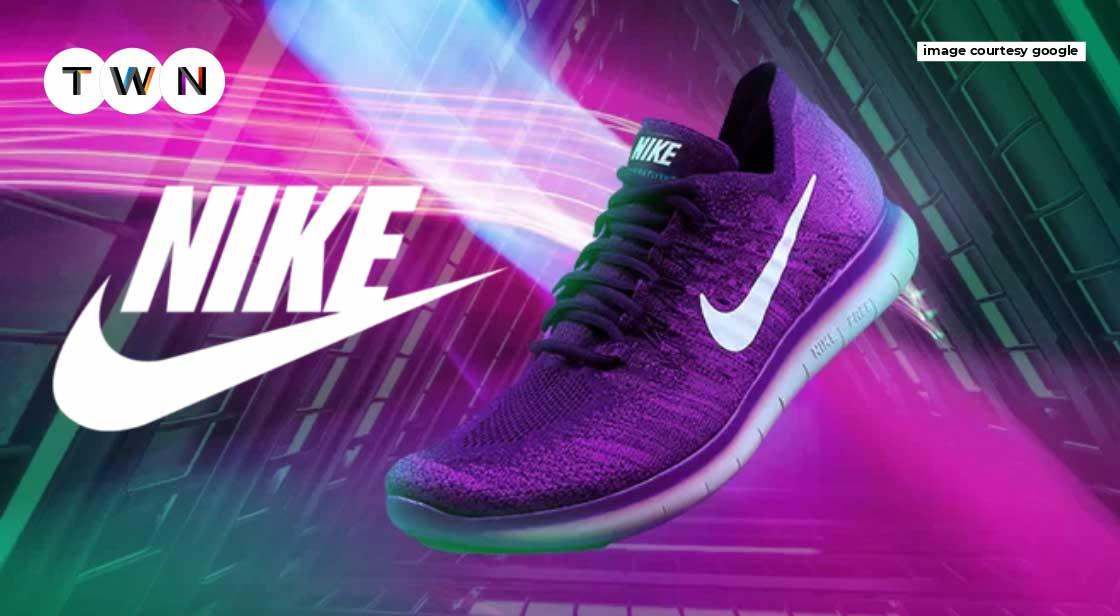
What is the secret behind Nike's success? To be successful, a corporation that has negotiated a lifelong contract with Ronaldo must have something up its sleeve. We'll speak about Nike's marketing approach for bringing in so much revenue. Nike is a well-known shoe manufacturer that specialises in producing high-quality footwear for athletes all over the world. Let's take a look at Nike's history and how it came to dominate the market.
Nike's swoosh is the most recognisable logo in the footwear industry. Through high-profile celebrity endorsements, elegant design concepts, and great public relations efforts, this unquestioned field titan has risen to the top. However, the brands of LeBron James, Tiger Woods, and Michael Jordan did not come out of nowhere. To understand the current NIKE, you must first understand the origins of a story that began with a self-described ordinary track runner just out of college and a coach obsessed with the relationship between speed and design.
Nike's Origins
Nike's roots may be traced back to Blue Ribbon Sports in 1964. Phil Knight had recently completed his undergraduate studies at the University of Oregon, followed by an MBA programme at Stanford, leaving him with two life-changing experiences.
He was a member of the University of Oregon track and field team, which exposed him to Bill Bowerman, their mentor. Bowerman was fascinated with optimising his runners' shoes, in addition to his strong competitiveness, after learning from a local cobbler, he was continuously experimenting with different ideas. Knight is credited as becoming the first freshmen to try on one of Bowerman's sneakers, according to Nike. Bowerman offered to take one of his shoes and customise it with his own design, considering him as a safe-and-insignificant runner on whom to test his shoes. Knight accepted the offer, and the shoes reputedly worked so well that Otis Davis, another member of Knight's team, borrowed them and won gold in the 400 m sprint at the 1960 Olympics. Otis Davis is still adamant that Bowerman made his sneakers.
Knight attended Stanford's MBA programme after graduating from the University of Oregon, where he wrote a paper advocating that running shoe manufacturing be moved from Germany to Japan, where labour is less expensive. With a trip to Japan shortly after graduation in 1962, Knight was able to put this plan into action. He reached an arrangement with a group of Japanese business owners to sell the country's well-known Tiger shoes in the US.
Coach Bowerman, who had long believed that while German shoes were the best on the market, they could be replicated or even improved upon, backed Knight's venture, entering into a 50-50 business agreement for ownership of their new company, Blue Ribbon Sports, which was founded on January 25, 1964, in Eugene, Oregon. After launching Blue Ribbon Sports, Knight began testing the waters for his imported shoes, initially selling them out of the trunk of his car when he returned to the United States. It became evident very quickly that there was a market for these less expensive but still high-quality alternatives to the market's main Adidas (ADDYY) and Pumas brands (PUMSY). Bowerman, ever imaginative, suggested an alternate shoe design to Tiger shoe company in 1965, one with a padded innersole, soft sponge neoprene in the forefoot and top of the heel, hard sponge rubber in the centre of the heel, and a firm rubber outsole to give appropriate support for athletes.
This design would be a big hit as well as a point of friction between Blue Ribbon and its Japanese supplier. The Tiger Cortez was introduced in 1967 and rapidly became a popular shoe thanks to its comfortable, sturdy, and fashionable design. Tiger and Blue Ribbon's relationship quickly deteriorated after Tiger claimed that Blue Ribbon attempted to sell a counterfeit Tiger Cortez shoe under the Nike trademark.
Following the break with Tiger, Blue Ribbon renamed. It took Nike's banner and relaunched itself in the market.
Carolyn Davis, a Portland State University design student, was called for designs. "Well, I don't love it," Phil Knight said of the swoosh design, "but hopefully it will grow on me." Davis was paid $35 for the logo and charged $2 per hour. In 1983, Phil Knight, who had evidently warmed up to the logo, arranged a party for Davidson and presented her with 500 shares of stock, which are now valued at roughly $1 million.
Knight quickly followed with the launching of the waffle trainer sneakers. This shoe was a big hit for Nike, the first of many in the company's early days, leading to its 1980 IPO, which made Phil Knight a millionaire with $178 million in stock.
Tags:
why is nike so successful, nike history, nike marketing strategy


Comments
Post a Comment